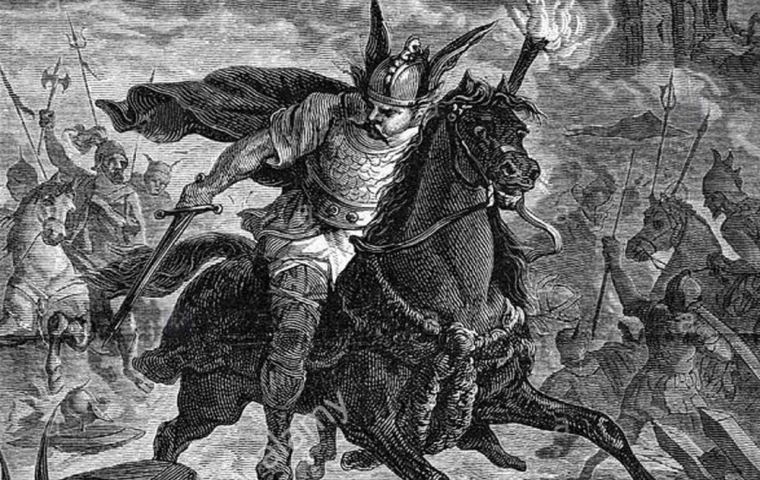The Problems Man Had to Solve to Evolve
How problem-solving shaped human progress & evolution—A Journey of Innovation and Survival
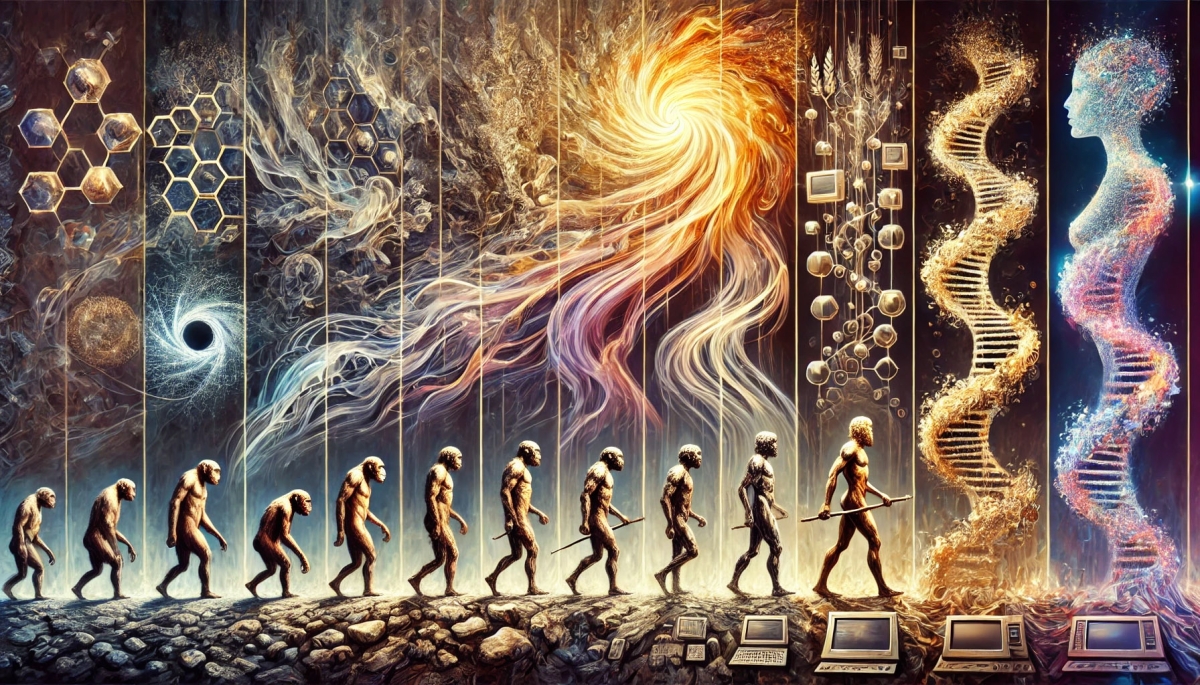
Human evolution has been shaped by the ability to solve problems, a skill required not only for survival but also for every major development in human history.
Necessity and adversity have fueled innovation, guiding the course of survival, social organization, and technological progress. Early ancestors like Homo habilis and later Homo erectus demonstrated this capacity, tackling critical challenges that paved the way for the rise of Homo sapiens and the modern world.
Progress: a mix of Gradual Process & Bold Steps
Progress and evolution are not merely a gradual process, but as well a series of bold steps taken in response to challenges. At critical moments in history, necessity, decision-making, and even chance have driven breakthroughs that reshaped human civilization. It has been driven by the ability to solve problems, a skill required not only for survival but also for every major development in human history.
In this article, we explore a chronological overview of the crucial problems humans resolved and how these solutions propelled us forward.
1
c. 2.5 million years ago Survival in the Wild → Stone Tools [Bold Step]
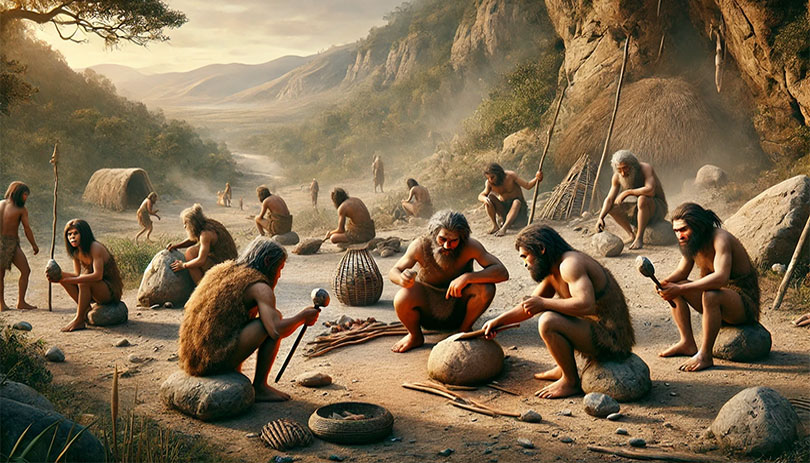
- Problem: Finding food and avoiding predators.
- Solution: Development of stone tools for hunting, gathering, and processing food (Oldowan tools).
- Impact and Rewards: Allowed early humans to access a wider range of food sources, improve nutrition, and establish dominance in their environment, marking the transition from scavengers to active hunters during the Paleolithic era.
2
c. 2 million years ago Adapting to Climate Change → Fire & Migration [Bold Step]
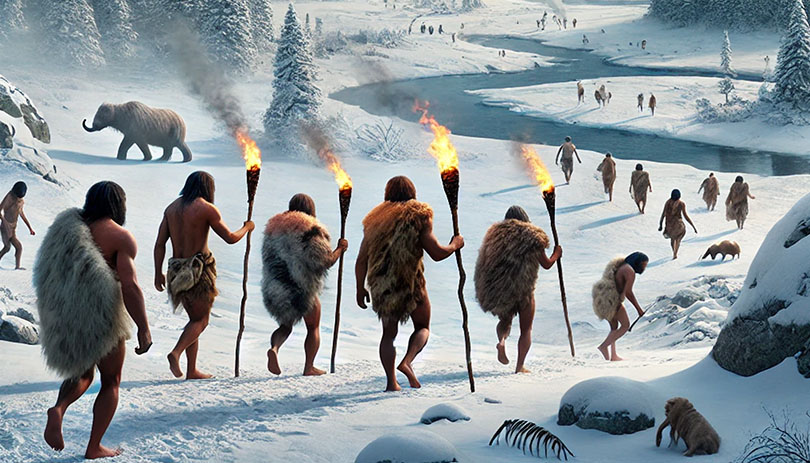
- Problem: Variations in climate required flexibility in diet and shelter.
- Solution: Migration to different environments, leading to adaptive versatility. Mastery of fire provided essential warmth and protection.
- Impact and Rewards: Enabled survival in diverse and harsh climates, supported population expansion, and laid the groundwork for technological innovation, transitioning from the Early Stone Age to the Lower Paleolithic era.
3
c. 1.5 million years ago Warmth & Protection from Predators → Mastery of Fire [Bold Step]
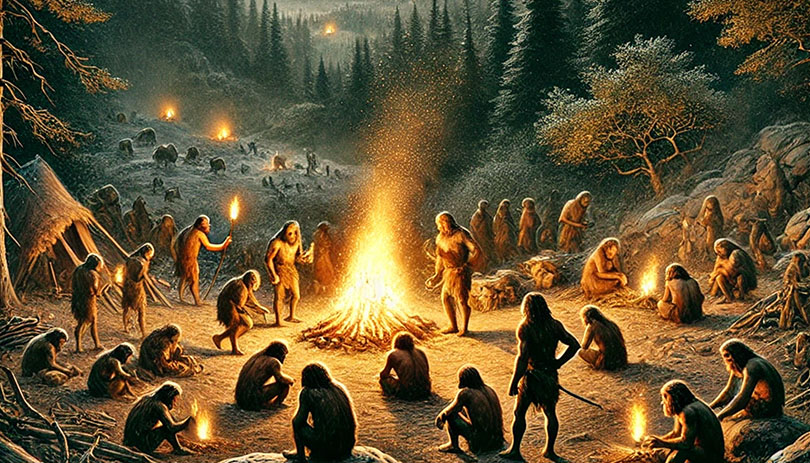
- Problem: Early humans needed warmth during cold nights and protection from predators.
- Solution: Mastery of fire provided essential warmth and kept predators at bay.
- Impact and Rewards: Fire extended active hours into the night and improved safety. Social gatherings around fire may have fostered communication and early forms of cultural exchange, setting the stage for storytelling and cooperative planning as human capabilities evolved over time.
4
c. 500,000 years ago Communication & Cooperation → Proto-Language [Gradual Process]
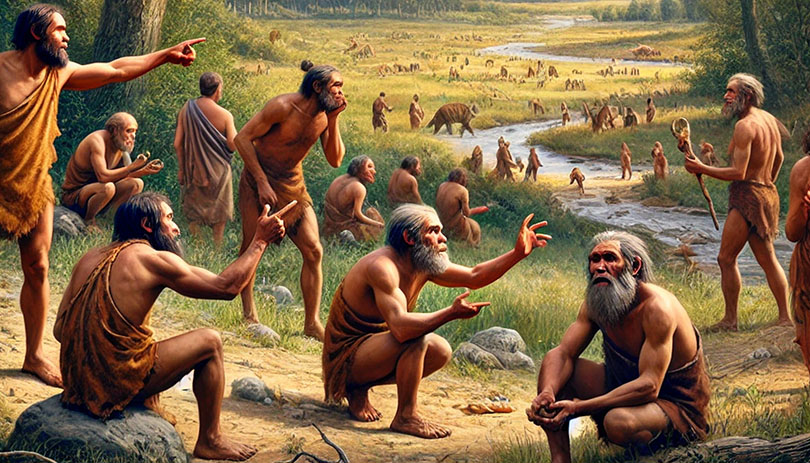
- Problem: Coordinating complex activities like hunting and defense.
- Solution: Development of early forms of communication and proto-language, enhancing cooperation and social bonding.
- Impact and Rewards: Improved teamwork in hunting and resource sharing, fostering trust within groups and strengthening societal structures, bridging the Lower to Middle Paleolithic eras.
5
c. 200,000–10,000 years ago Surviving the Ice Ages → Advanced Tools & Clothing [Gradual Process]
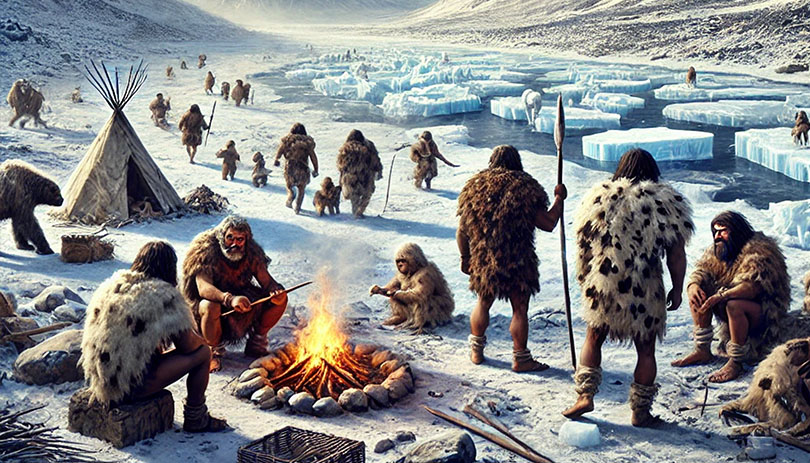
- Problem: Extreme cold and scarcity of resources.
- Solution: Innovations in clothing, shelters (e.g., caves, huts), and the use of fire to survive harsh climates. Development of advanced tools like spears and bow-and-arrow.
- Impact and Rewards: Ensured survival during glacial periods, allowing for further migration and cultural advancements, leading into the Upper Paleolithic era.
6
c. 10,000 years ago Population Growth & Resource Scarcity → Agriculture [Bold Step]
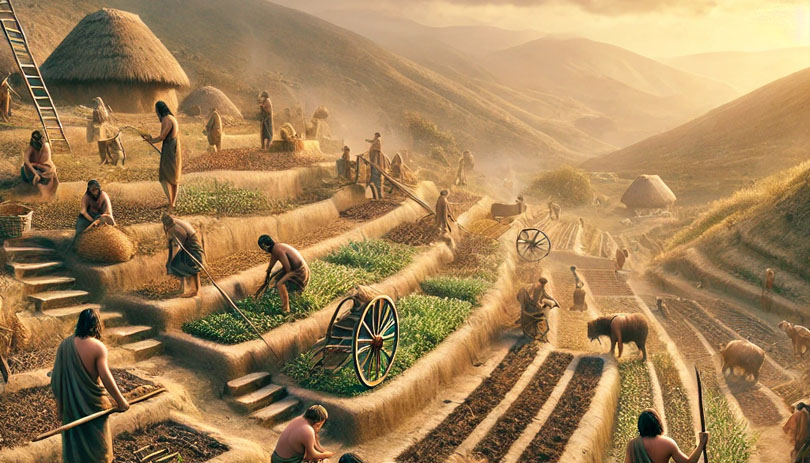
- Problem: Increased population created competition for resources.
- Solution: The Agricultural Revolution: Domestication of plants and animals. Humans transitioned from nomadic lifestyles to settled farming communities.
- Impact and Rewards: Enabled surplus food production, population growth, and the establishment of villages and cities, marking the transition from the Stone Age to the Neolithic era.
7
c. 5,500 years ago Efficient Transportation → The Wheel [Bold Step]

- Problem: Transporting goods and people over long distances efficiently.
- Solution: The invention of the wheel revolutionized movement and logistics.
- Impact and Rewards: Facilitated trade, improved agriculture, and contributed to the rise of civilizations.
8
c. 3,300 BCE Stronger Tools & Weaponry → Mastery of Metal [Bold Step]
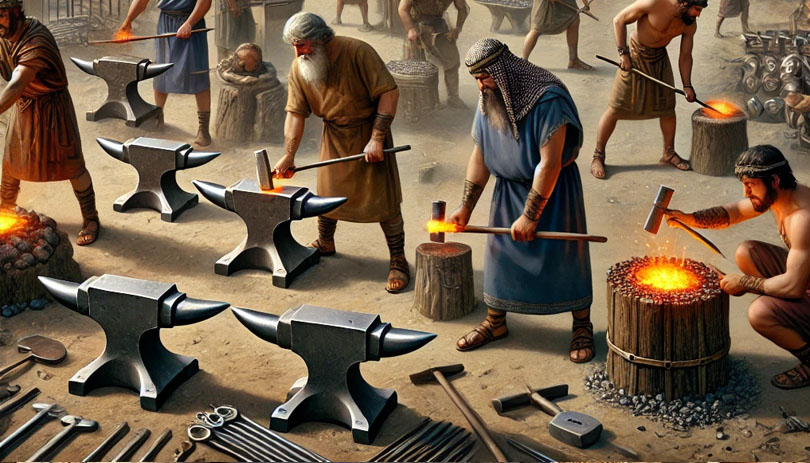
- Problem: The need for stronger, more durable tools and weapons.
- Solution: Metallurgy advancements led to the use of bronze and later iron.
- Impact and Rewards: Enhanced agricultural tools, more effective weapons, and the foundation for industrial development.
9
c. 5,000 years ago Organizing Complex Societies → Governance & Writing [Bold Step]
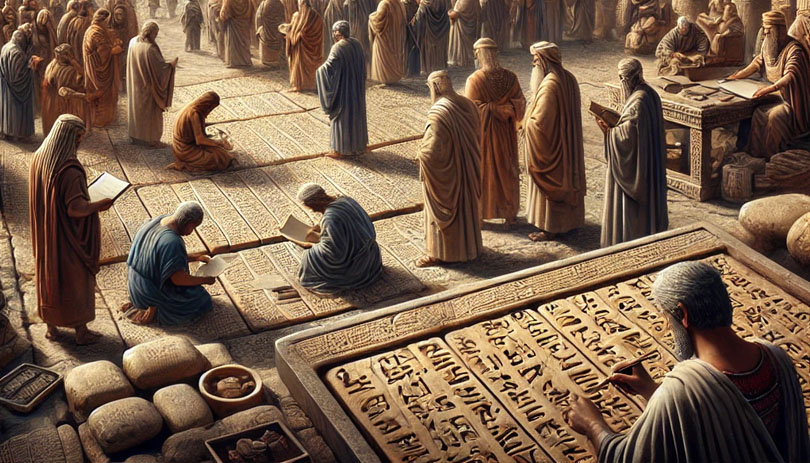
- Problem: The need for record-keeping, administration, and structured governance.
- Solution: Development of writing systems and legal codes.
- Impact and Rewards: Enabled complex economies, structured governance, and historical record preservation.
10
Throughout History Combating Disease → Medicine & Sanitation [Gradual Process]
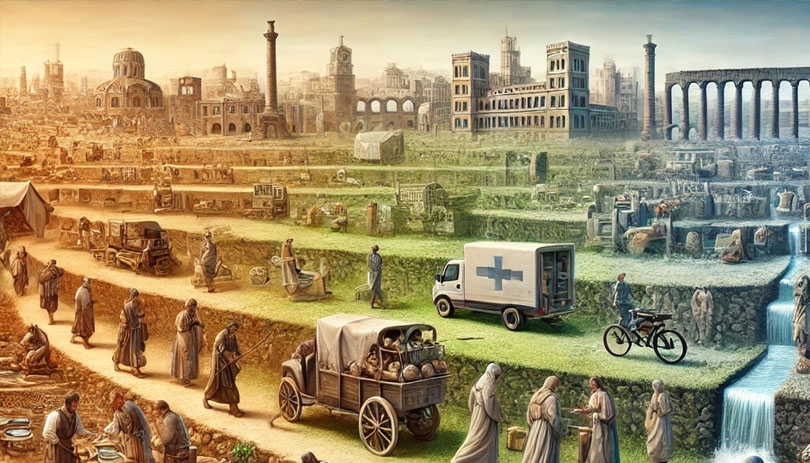
- Problem: The need to prevent and treat diseases.
- Solution: Advancements in medical knowledge, sanitation, and healthcare.
- Impact and Rewards: Increased life expectancy, improved quality of life, and the ability to control epidemics.
11
c. 500 BCE – Renaissance Expanding Knowledge → Printing & Libraries [Gradual Process]
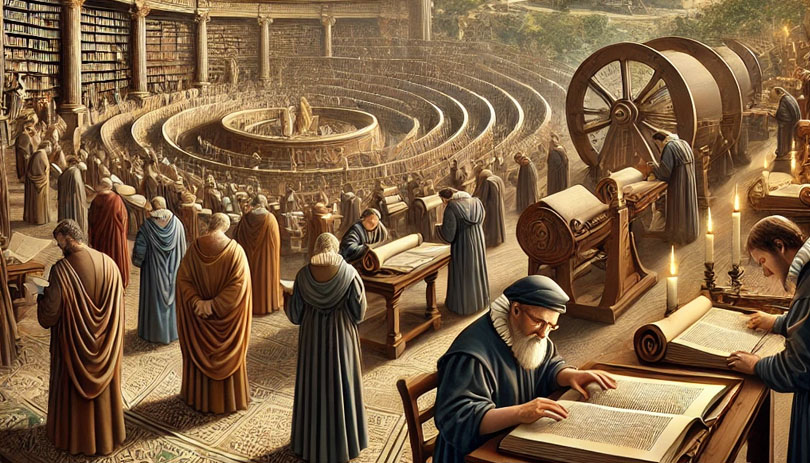
- Problem: The need to store and share knowledge across generations.
- Solution: The invention of printing presses and libraries.
- Impact and Rewards: Increased literacy, rapid dissemination of ideas, and the foundation for modern education.
12
c. 18th–19th Centuries Harnessing Energy → Steam Power & Machines [Gradual Process]
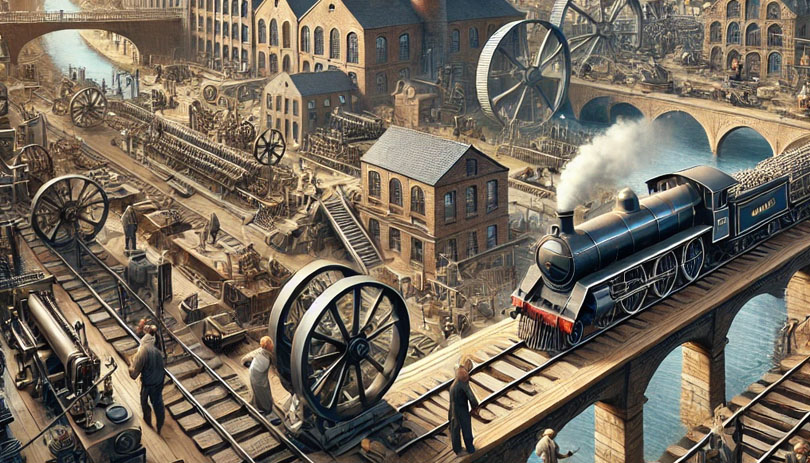
- Problem: The need for more efficient production and transportation.
- Solution: The development of steam engines and industrial machinery.
- Impact and Rewards: Led to mass production, urbanization, and the foundation of the modern industrial economy.
13
Mid-20th Century Faster Calculations → Computers [Bold Step]

- Problem: The need to perform complex calculations efficiently.
- Solution: The invention of early computers revolutionized data processing.
- Impact and Rewards: Enabled advancements in science, engineering, and business, laying the foundation for the digital age.
14
20th Century Global Connectivity → Internet & Telecommunications [Bold Step]

- Problem: The need for fast, global communication.
- Solution: The development of the internet and telecommunications.
- Impact and Rewards: Transformed business, education, and personal interactions, enabling instant global connectivity.
15
Mid-20th Century Expanding Frontiers → Space Exploration [Bold Step]
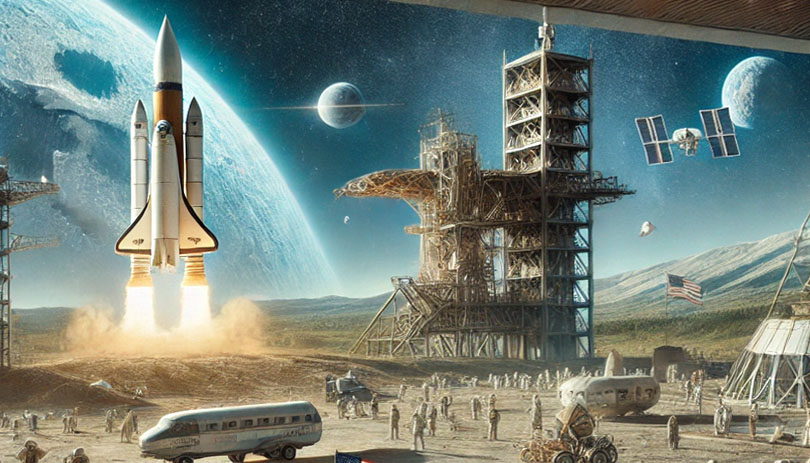
- Problem: The desire to explore beyond Earth and expand scientific knowledge.
- Solution: The launch of space programs and human spaceflight missions.
- Impact and Rewards: Advanced technology, improved understanding of the universe, and new opportunities for innovation.
16
21st Century Managing Sustainability → Renewable Energy & Conservation [Gradual Process]
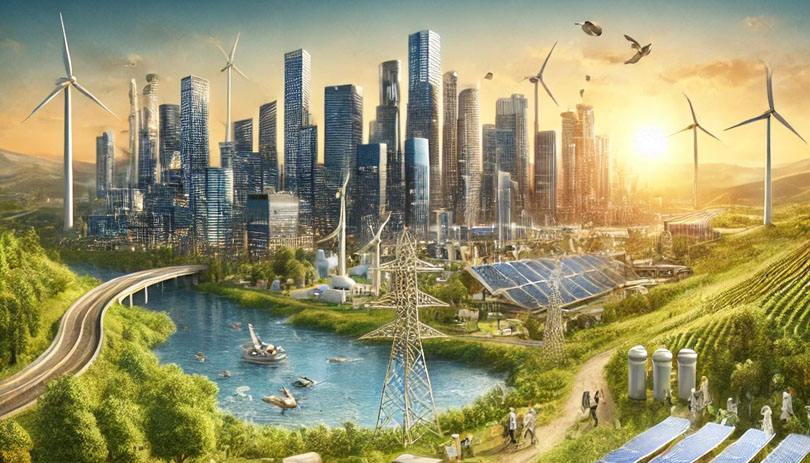
- Problem: The depletion of natural resources and climate change.
- Solution: The development of renewable energy sources and conservation efforts.
- Impact and Rewards: Reduced dependence on fossil fuels, lower carbon emissions, and a more sustainable future.
17
21st Century Managing Complex Data → Artificial Intelligence [Bold Step]
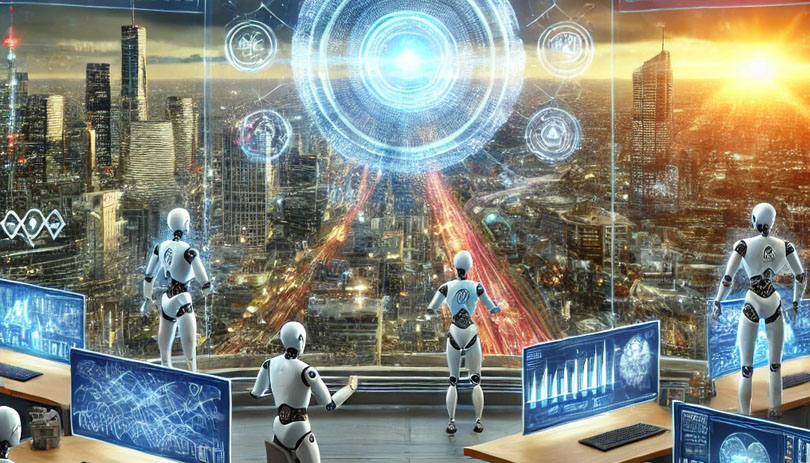
- Problem: The need to process vast amounts of data and automate decision-making.
- Solution: The development of artificial intelligence and machine learning.
- Impact and Rewards: Transformed industries, increased efficiency, and enabled breakthroughs in healthcare, finance, and technology.
18
Future Challenge Ethical Governance → Artificial Intelligence [Gradual Process]

- Problem: The ethical challenges and risks of artificial intelligence.
- Solution: Developing ethical frameworks, regulations, and oversight mechanisms for AI.
- Impact and Rewards: Ensures responsible AI development, prevents misuse, and aligns AI systems with human values.
ChatGPT’s Samsung Leak: A Wake-Up Call for the Future of AI and Data Security
How One Mistake Shattered Assumptions About AI and Corporate Responsibility.
What if Attila Survived his Wedding Night?
What if Attila hadn't died in 453 AD? How his survival would have transformed the fate of the Roman Empire and all of Europe?
War & Violence? Humans Are Genetically Predisposed To Kill Each Other
Do humans kill each other because it’s in our blood, or is it all based on our environment?




